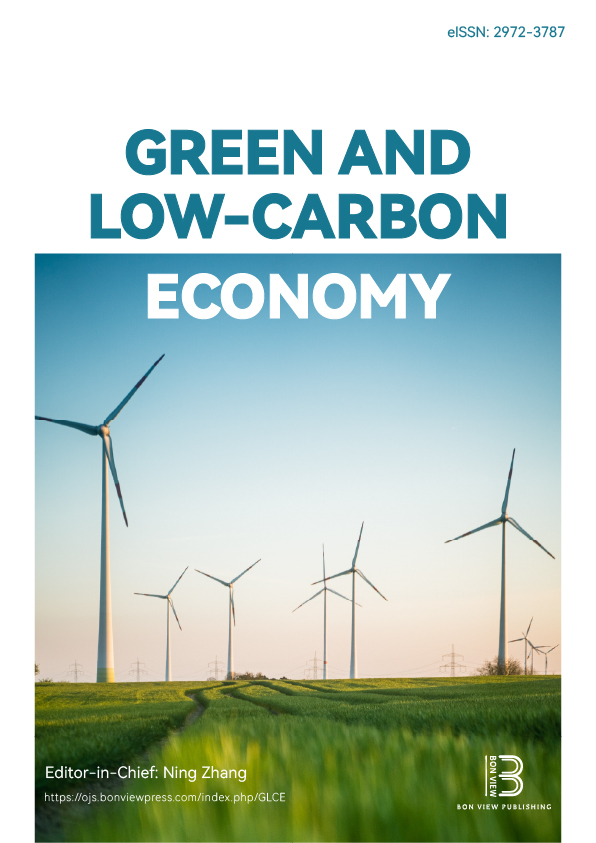The Economic-Energy-Environmental Benefits of Hydrogen Production Technologies in China
DOI:
https://doi.org/10.47852/bonviewGLCE52024666Keywords:
green hydrogen, blue hydrogen, gray hydrogen, economic-energy-environmental benefits, ChinaAbstract
Energy from hydrogen is a significant means of energy conversion in China. This paper assesses and compares the economic, energy, and environmental benefits of different hydrogen production technologies in China to promote the growth of the hydrogen production sector. The findings of economic benefits reveal that (1) fossil energy hydrogen production technologies have an absolute advantage in China, and the levelized cost of hydrogen (LCOH) of coal-to-hydrogen (CTH) technology is 6.86 RMB/kg, which is more competitive. (2) The cost of electricity and the categories of electrolyzer affect the economic benefit of water electrolysis hydrogen production (WEHP). The cost of hydrogen produced from using nuclear power (NP) is the lowest (28.45 RMB/kg), while that from photovoltaic (PV) is the highest (69.1 RMB/kg). When the power sources are NP, coal power, hydropower, wind power, and PV, respectively, compared with proton exchange membrane (PEM) electrolytic hydrogen technology, the LCOH of alkaline (ALK) has decreased by 11%, 8%, 21%, 15%, and 18%, respectively, so ALK electrolytic method is more competitive than PEM. (3) Raw material cost accounts for the largest percentage, ranging from 32.3% to 79%. The findings of energy benefits show that CTH technology has the highest energy consumption among gray hydrogen technologies, which is 7.61 × 105̂ tce. The total energy consumption of WEHP varies with different types of electrolytic cells. The findings of the environmental benefits suggest that WEHP has the largest total carbon emissions of 4.2789 × 106̂ tCO2 when the power source is coal power. Hydrogen from coal and natural gas follows. The carbon emissions of new hydrogen production technologies are generally low. Under the same power supply, the carbon emission of PEM is larger.
Received: 28 October 2024 | Revised: 7 February 2025 | Accepted: 29 April 2025
Conflicts of Interest
The authors declare that they have no conflicts of interest to this work.
Data Availability Statement
Data are available on request from the corresponding author upon reasonable request.
Author Contribution Statement
Jiamei Pei: Methodology, Software, Validation, Writing – original draft. Qianqian Ding: Formal analysis. Lijuan Zhang: Visualization. Yan Xu: Conceptualization, Writing – review & editing, Supervision, Project administration, Funding acquisition.
Downloads
Published
Issue
Section
License
Copyright (c) 2025 Authors

This work is licensed under a Creative Commons Attribution 4.0 International License.


